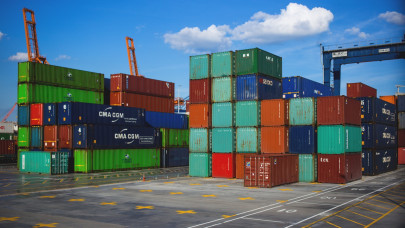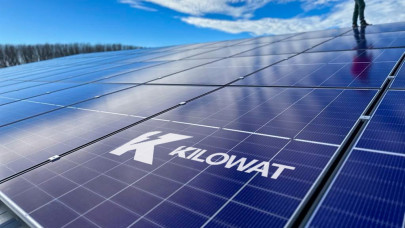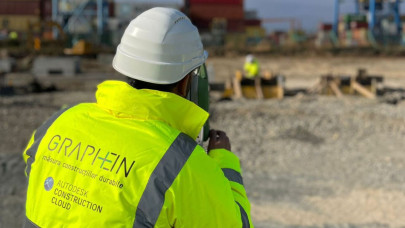"Although 2024 is a challenging year in the freight industry, we observe a slight upward trend in the export of goods from Romania to other countries. Within DSV Road, export activity registered a 22% increase in the first two months of the year compared to the same period in 2023, because of the conclusion of new partnerships and the expansion of the client portfolio. Thus, overall, we are optimistic about the evolution of this segment in the coming months. Several reasons can boost exports, including the expansion of the highway network, but also the increase in business potential and the quality of Romanian products. At the same time, the segment of manufacturing products from various fields by international companies is developing in Romania, especially the automotive and electronic industries", says Sergiu Iordache, Managing Director of DSV Road.
What products does Romania export and to which countries
Thus, among the most exported products are vehicles and auto components, Romania attracting significant investments and developing globally competitive production capacities. From consumer electronic equipment to IT components and industrial equipment, exports from this industry have seen a significant increase recently, consolidating Romania's position on the European export map. A growth trend is also noticeable in the field of agriculture, with cereals, vegetables, and fruits being exported, as well as agricultural machinery. Other types of products that go for export are plastic and rubber materials, textile products, metals, and metal articles.
The market to which Romania exports the most continues to be, in recent years, Germany, followed by Italy, Hungary and France, according to INS data. In 2022, the value of exports to these states was almost €40 billion, official data also show.
"Apart from the traditional markets to which Romanian businesses export the most, countries like Poland and Bulgaria, interested in Romanian products, have also entered the export map. It is very important that the market is developing more and more and the export map for Romania is expanding more and more, so that the number of SMEs that send products outside the borders is increasing. Romanian SMEs transport between 2,000 and 5,000 tons of goods monthly, with an average of 900 transports per month", says Daniel Babii, Business Development Director at DSV Road.
Amid export growth, there is also growing demand for groupage transport, preferred for the flexibility to transport different quantities, between 30 kg and 3,000 kg, without the obligation to hire an entire truck. Groupage is also preferred for the possibility of reducing transport expenses by up to 80%. This is followed by intermodal transport, through the combined use of train and truck, and full truckload, with full loads.
Moreover, there is an increased interest of SMEs in the Green Transport solution, as they follow the trend of multinational companies with sustainability programs and ESG strategies to opt for biofuel-based goods transport. At the same time, SMEs turn to the analysis of the impact on the environment through the transported goods, using the CO2 Reporting Tool application, through which the amount of CO2 emissions is calculated, thus receiving advice for the optimization of the logistics chain.
DSV Road aims to reduce the amount of carbon emissions by up to 40% by 2030, including in Romania. Thus, at the level of the DSV group, a financing fund with a total value of over €134 million is available, from which investments can be attracted in ESG, CO2 reduction, and environmental protection programs in Romania.
Romania is one of the most important markets in the region for the Danish group DSV, present locally for almost 30 years. For 2024, the DSV Road company estimates a business growth of 10%, after last year it recorded a turnover of almost €80 million due to the increase in the number of customers and the demand for all types of transport, in particular groupage and intermodal.











